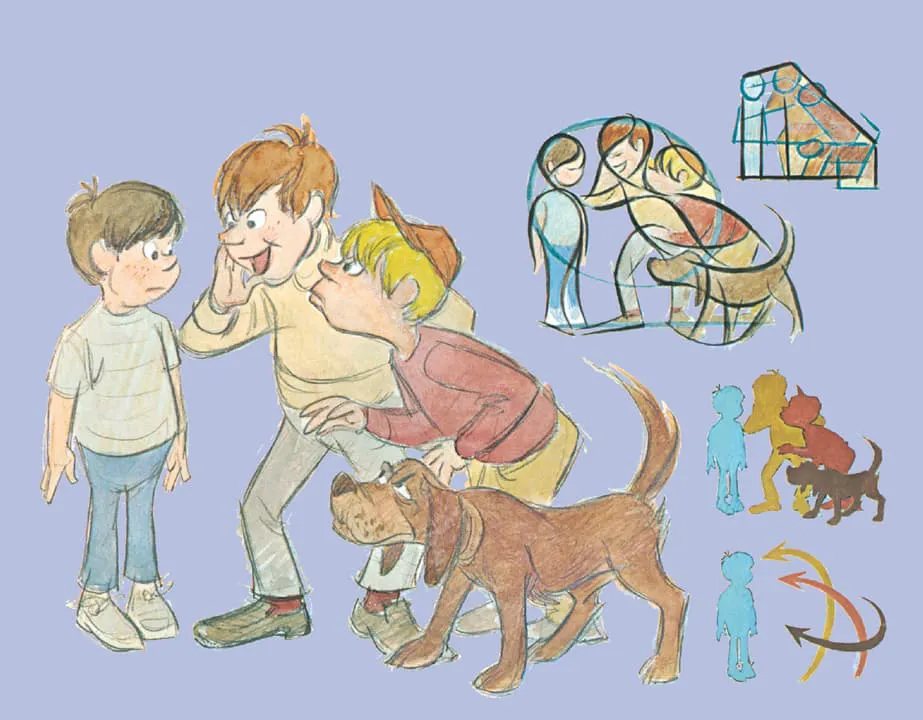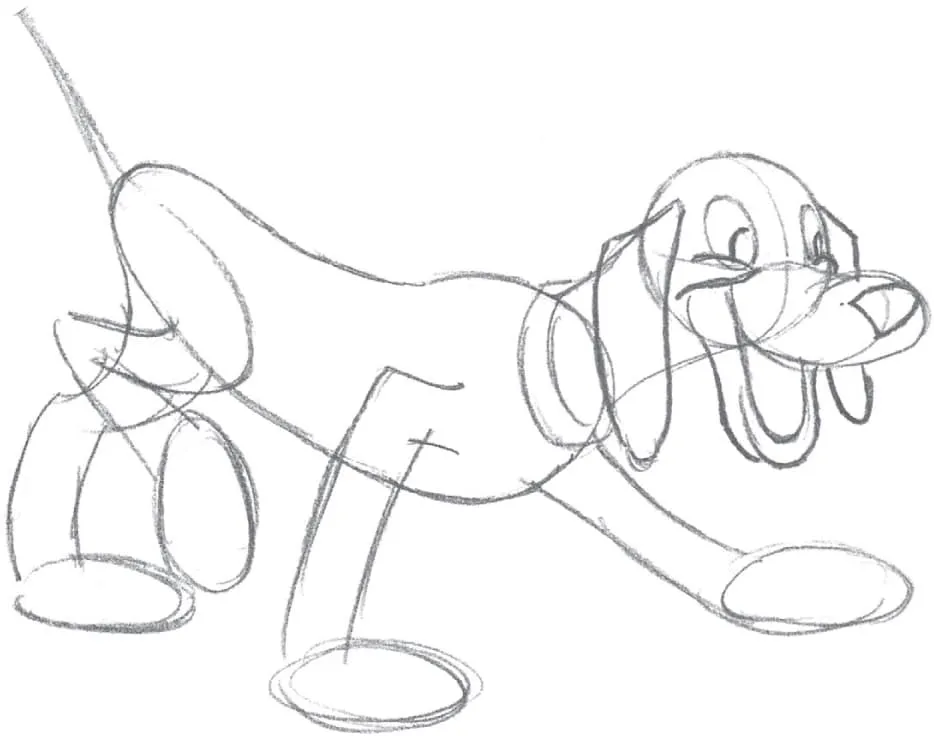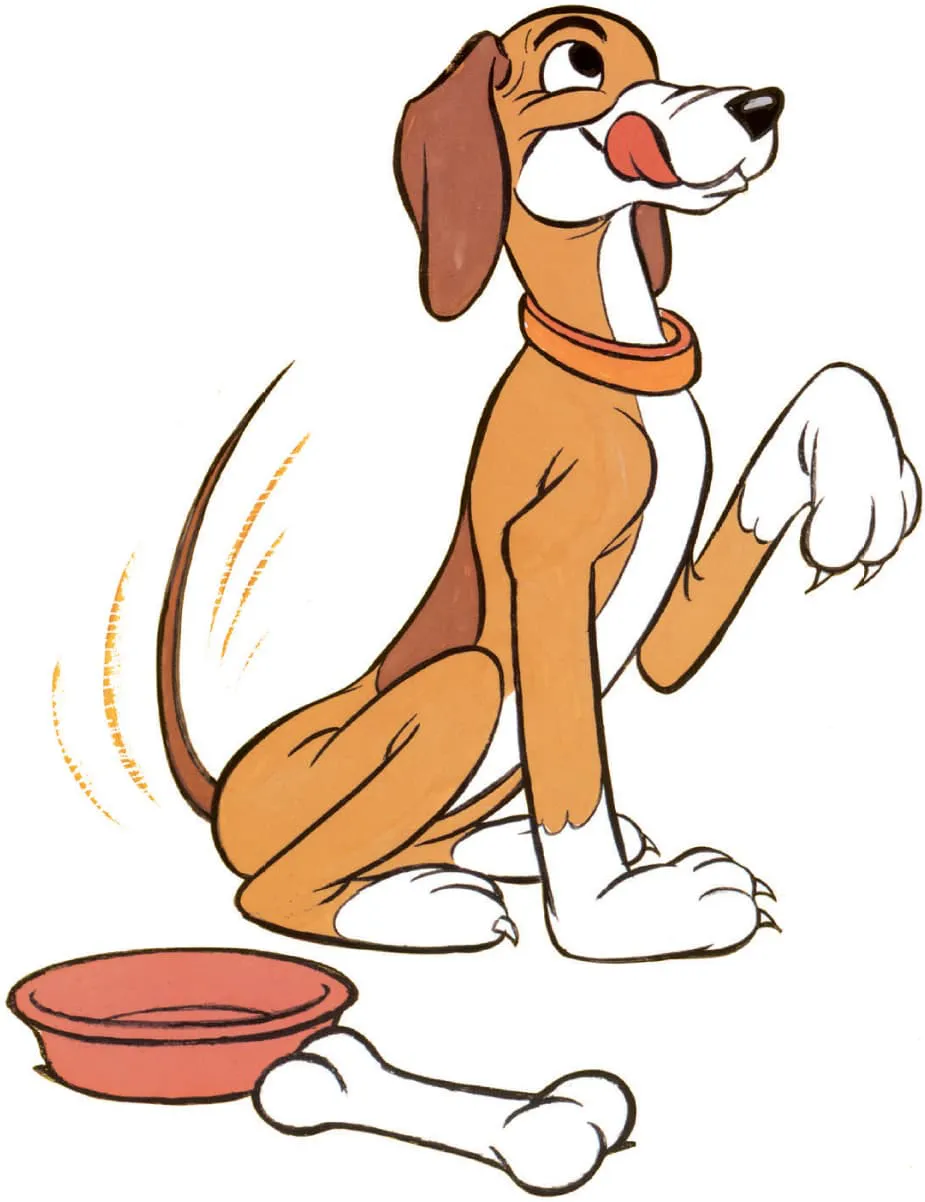
eBook - ePub
Cartoon Animation with Preston Blair, Revised Edition!
Learn techniques for drawing and animating cartoon characters
- 144 pages
- English
- ePUB (mobile friendly)
- Available on iOS & Android
eBook - ePub
Cartoon Animation with Preston Blair, Revised Edition!
Learn techniques for drawing and animating cartoon characters
About this book
By following the lessons in Cartoon Animation with Preston Blair, you can make any character—person, animal, or object—come to life through animated movement!
While animators must first know how to draw, the animation process involves much more than just good drawing skills. In this new edition, acclaimed cartoon animator Preston Blair shares his vast practical knowledge to explain and demonstrate the many techniques of cartoon animation. Learn the knowledge and skills animators must have, including:
While animators must first know how to draw, the animation process involves much more than just good drawing skills. In this new edition, acclaimed cartoon animator Preston Blair shares his vast practical knowledge to explain and demonstrate the many techniques of cartoon animation. Learn the knowledge and skills animators must have, including:
- How to construct original cartoon characters by developing a character’s shape, personality, features, and mannerisms
- How to animate movements such as running, walking, dancing, posing, skipping, and more
- How to create realistic-looking mouth movements during dialogue, as well as body movements and facial expressions while the character is speaking
- The finer points of animating a character, including drawing key character poses and in-betweens
Full of expert advice from animation pioneer Preston Blair, and packed with helpful drawings and diagrams, the new edition of Cartoon Animation with Preston Blair is a book no animation enthusiast should be without.
The Collector’s Series offers a broad range of projects across a variety of mediums and genres, such as drawing, oil, acrylic, watercolor, cartooning, calligraphy, and others. This series is suitable for beginning to intermediate artists, and each title features in-depth instruction about how to work with the tools of the trade, master techniques, and use newfound skills in practical application.
The Collector’s Series offers a broad range of projects across a variety of mediums and genres, such as drawing, oil, acrylic, watercolor, cartooning, calligraphy, and others. This series is suitable for beginning to intermediate artists, and each title features in-depth instruction about how to work with the tools of the trade, master techniques, and use newfound skills in practical application.
Frequently asked questions
Yes, you can cancel anytime from the Subscription tab in your account settings on the Perlego website. Your subscription will stay active until the end of your current billing period. Learn how to cancel your subscription.
At the moment all of our mobile-responsive ePub books are available to download via the app. Most of our PDFs are also available to download and we're working on making the final remaining ones downloadable now. Learn more here.
Perlego offers two plans: Essential and Complete
- Essential is ideal for learners and professionals who enjoy exploring a wide range of subjects. Access the Essential Library with 800,000+ trusted titles and best-sellers across business, personal growth, and the humanities. Includes unlimited reading time and Standard Read Aloud voice.
- Complete: Perfect for advanced learners and researchers needing full, unrestricted access. Unlock 1.4M+ books across hundreds of subjects, including academic and specialized titles. The Complete Plan also includes advanced features like Premium Read Aloud and Research Assistant.
We are an online textbook subscription service, where you can get access to an entire online library for less than the price of a single book per month. With over 1 million books across 1000+ topics, we’ve got you covered! Learn more here.
Look out for the read-aloud symbol on your next book to see if you can listen to it. The read-aloud tool reads text aloud for you, highlighting the text as it is being read. You can pause it, speed it up and slow it down. Learn more here.
Yes! You can use the Perlego app on both iOS or Android devices to read anytime, anywhere — even offline. Perfect for commutes or when you’re on the go.
Please note we cannot support devices running on iOS 13 and Android 7 or earlier. Learn more about using the app.
Please note we cannot support devices running on iOS 13 and Android 7 or earlier. Learn more about using the app.
Yes, you can access Cartoon Animation with Preston Blair, Revised Edition! by Preston Blair in PDF and/or ePUB format, as well as other popular books in Arte & Tecniche artistiche. We have over one million books available in our catalogue for you to explore.
Information
CHAPTER 1
GETTING STARTED



TOOLS & MATERIALS
To master the basics of cartoon animation, you only need a few supplies. You can get started practicing with some paper, a pencil, and an eraser, but inking and coloring tools can help you create finished-looking characters. An animation board is a bigger investment, but it makes it easier to flip between pages and to create “cleanup” or revision drawings from rough sketches.

A pencil sketch on a loose sheet of paper.
Paper Drawing paper is available in a range of surface textures (called “tooth”), including smooth grain (plate finish and hot-pressed), medium grain (cold-pressed), and rough to very rough. For the purposes of learning animation, using loose sheets of thin, smooth printer paper is best. If working with an animation board, use unruled, 10” x 12” loose-leaf paper that is punched with two big holes.
Pencil Animators usually draw with a mechanical pencil with a No. 2 lead, so there is no need for sharpening. In traditional animation, animators would also use a “non-photo blue” pencil when creating initial sketches. This is because the color was virtually invisible when the final sketch was copied on a copy machine. For your sketches, you only need to make light marks that are easy to erase.

A dog inked with a brush after its sketch lines were erased to create a cleanup drawing.

Erasers There are several types of art erasers. Plastic erasers are useful for removing hard pencil marks and large areas. Kneaded erasers can be molded into different shapes and used to dab at an area, gently lifting tone from the paper. Lightly rub a kneaded eraser over an entire sketch to prepare for a cleanup drawing.
Pen or Ink Traditionally, most cartoons were inked with pen, but a brush and ink could also be used to give the lines a heavier, more accented look. Experiment with pens and inks to find your own style. Choose what you like best and become comfortable with it.

A traditional animation cel colored with acrylic paints.
Paint or Markers You can color your animated characters however you’d like. Acrylic paints were used on acrylic animation cels, but you can also color with watercolors, markers, or scan your drawing into a computer and color it digitally.

Animation Board An animation board is a drawing surface with a light that shines through the paper. Pegs made of wood or metal hold the paper in place. The glass, which should be the same size as the paper, allows you to see through several sheets of paper at once and note how your series of drawings varies in position. The pegs also allow for easy flipping back and forth between pages.
DRAWING BASICS
A beginner can only become an animator through many hours of drawing practice. Get comfortable sketching, drawing the same character in different positions so that it looks the same every time. These basic techniques will help you get started.
SKETCHES
Following a basic formula for drawing this character makes it easier to draw it the same way each time. Animators use reference drawings to know the proportion guidelines when drawing the character in different poses and actions.

Hold your pencil loosely to create the basic construction of the character with rounded forms and add the details as you go. In this example of a cartoon dog, it takes several steps to go from a few simple lines to a cleaned-up sketch.

Once you’ve sketched the character, make a cleanup drawing by working over the rough with a new sheet of paper on your animation board (similar to a tracing). Then ink and color the final using the mediums of your choice.

When you’re happy with a rough sketch, trace the lines you want to keep over the messy sketch...
Table of contents
- Cover
- Title
- Contents
- From the Editors
- Introduction from Preston Blair
- Chapter 1: Getting Started
- Chapter 2: Cartoon Construction
- Chapter 3: Character Design & DEvelopment
- Chapter 4: Basic Character Movement
- Chapter 5: Animation Principles
- Chapter 6: Animated Acting
- About Preston Blair
- Copyright